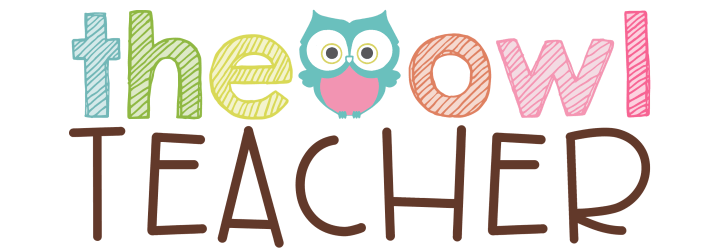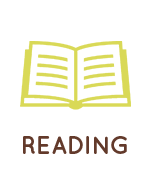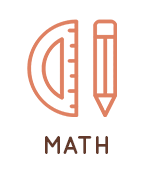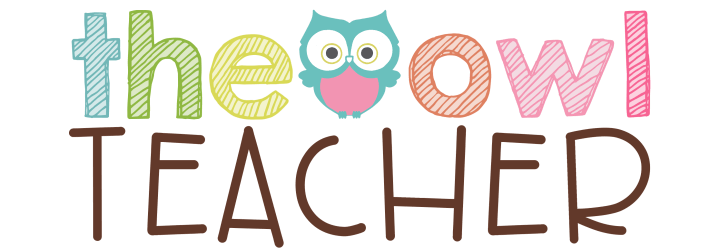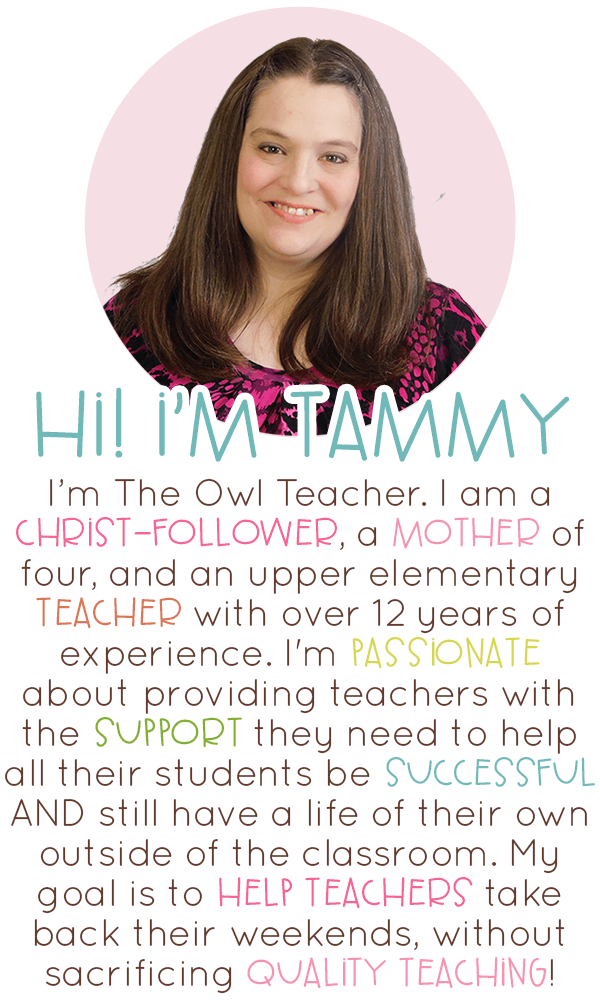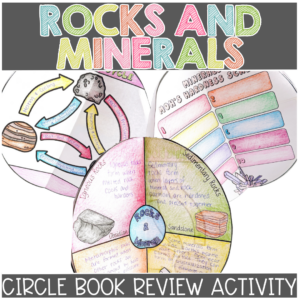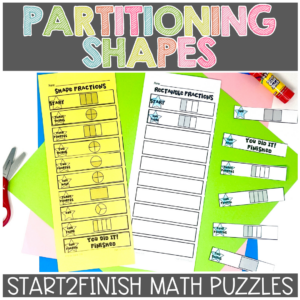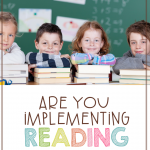
I would like to think that most classrooms have started migrating toward the 21st-century reading best practices, but that is not always the case. In fact, some classrooms are stuck in “old practice” mode! Students can learn reading in both classroom settings, but one is a bit better for students! Are you implementing reading best practices?
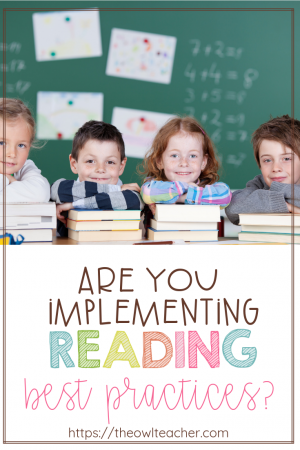
First, I want to put a disclaimer out there: I imagine I may upset some readers with this post because everyone has their own teaching style. Anything I say in this post is based on my educational training with best practices. The majority of our training has been based on the book Best Practice: Bring Standards to Life in America’s Classroom by Steven Zemelman and Harvey “Smokey” Daniels. Please understand that this post is not meant to offend anyone, as it is strictly my opinion. However, please reflect on your teaching strategies and practices to make sure you are offering your students the very best by utilizing best practices in your classroom.
I was appalled recently when I discovered that a teacher I knew was still teaching reading using the basal in a way that was considered “old practice.” She had her class in whole group and was teaching reading based on selections in the basal. She had a set routine – Monday she read the read aloud from the basal and introduced the vocabulary, while students completed seat work. Then, on Tuesday they read the basal selection together as a whole class, taking turns reading. Occasionally, she would stop and ask questions as they read (most of the questions from the basal were pretty dry and easy, in my opinion). Then, after they read, if there was time, they would complete a phonics sheet or a vocabulary worksheet – you know, from the thick workbook they provide with the basal. Then, on Wednesday students read the story again, but this time in partners and they completed the comprehension check at the end. These got turned in. Typically Thursday consisted of reading trade books related to the same theme or skill of that reading selection, and they were usually marked with “below level,” “on level,” and “above level.” Then came Friday – that was test day! Friday was the day all students were tested on the selection, the skill that was being learned that week, and, of course, the vocabulary and phonics practiced. This routine started all over again the following week with the next selection in the basal. Sure, sometimes she mixed it up with listening to the story on a disc, but the general concept was the same.
Times have changed. While that routine made for predictability and security in the classroom, it wasn’t doing much for the students’ reading. And frankly, it was not reading best practices.
Please understand that it was not that she used a basal, as you can use a basal and implement reading best practices. Reading best practices involve exposing children to a wide range of texts, something basals do very well. However, it takes more than that. Students need to have choices of their own reading materials (beyond just SSR or DEAR), need to be taught strategies that are modeled by the teacher (and applied in their own texts they chose), and need to collaborate with much discussion about books. Students need to be involved in higher-order thinking processes, need to write more in relation to their reading, and need to be reading texts at their level.
With basals, the student’s success is based on that score of the selected text – but really reading is so much more involved than that! Their success of a reading program is based on the student’s reading habits, attitudes, and comprehension.
The Reading Best Practices vs The Old Practices
| Best Practices | “Old Practices” |
|
|
So, now I ask again: Are you implementing reading best practices? Let me know below.

